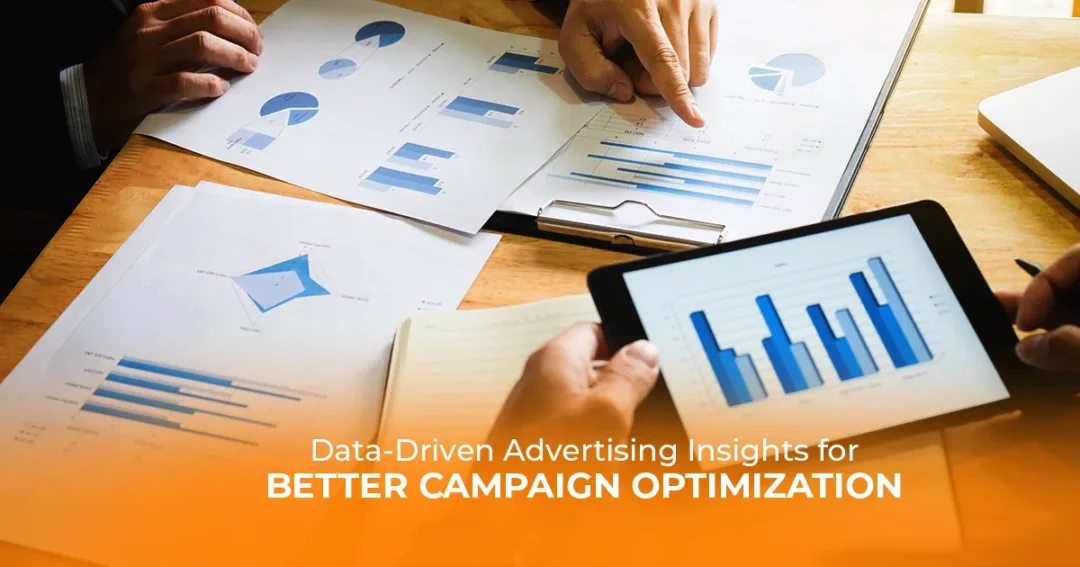Introduction to Data-Driven Advertising
Data-driven advertising has truly revolutionized the way businesses can outpace their competitors. With the surge of data flowing in from various channels, brands now have the power to gather, analyze, and utilize consumer behavior data to enhance their marketing strategies. This method not only sharpens targeting precision but also maximizes ad spending, leading to better campaign outcomes and a greater return on investment (ROI).
In this article, we’ll delve into how you can harness data-driven insights to elevate your campaigns and make smarter decisions.
Data-driven advertising involves using consumer data to shape and steer your marketing tactics. By tapping into this data, businesses can refine their campaigns, boost engagement, and ensure that their ads connect with the most relevant audiences. This approach has shown remarkable effectiveness in both performance marketing and traditional marketing.
Key Insights to Collect and Analyze
At the heart of any data-driven advertising strategy lies the collection of the right data. Yet, with the sheer volume of information out there, it can be daunting to figure out which data points are truly important. Here are some essential insights to keep an eye on:
- Demographic Data: Understanding age, gender, location, and income level can help tailor ads to specific audience segments.
- Behavioral Data: Insights into customer actions—like page views, clicks, and purchase history—enable advertisers to create personalized ad experiences.
- Engagement Metrics: Metrics such as click-through rate (CTR) and conversion rate are crucial for assessing how well your ads attract and convert leads.
- Device Data: Knowing which devices your audience uses to view ads can help you optimize targeting for mobile, tablet, or desktop users.
These insights empower you to craft campaigns that are truly personalized, connecting directly with what your audience needs and prefers.
How Data Enhances Targeting and Ad Spend
One of the biggest perks of data-driven advertising is its ability to target effectively. In the past, traditional advertising often depended on broad demographics or general interest categories, but now, data lets you break free from those constraints.
With data insights, you can:
- Target the Right Audience: Data allows for hyper-targeting, helping you reach consumers who are more inclined to engage with your ads. By diving into customer behavior and demographics, you can create specific audience segments and deliver ads that truly resonate with their interests.
- Optimize Ad Spend: It helps you allocate your advertising budget more wisely. By keeping an eye on key performance metrics, you can pinpoint which campaigns are thriving and which ones are falling flat, enabling you to adjust your budget accordingly. This minimizes wasted spending and boosts the effectiveness of your campaigns.
- Refine Messaging: It allows you to customize your messaging for different audience segments, enhancing ad relevance and increasing the chances of conversions.
In the end, a data-driven approach lets you concentrate your resources on the areas that perform best, maximizing the efficiency of your ad spend.
Getting to Know Data Attribution Models
Attribution models are essential in the world of data-driven advertising. They help pinpoint which interactions are most influential in leading to a conversion, enabling marketers to fairly distribute credit throughout the customer journey.
- First-Touch Attribution: This model gives all the credit to the very first interaction a customer has with your brand.
- Last-Touch Attribution: Here, the spotlight is on the last interaction that happens before a conversion.
- Linear Attribution: This approach spreads the credit evenly across all touchpoints.
- Position-Based Attribution: This model prioritizes the first and last touchpoints, while assigning less credit to the interactions that occur in between.
Choosing the right attribution model is vital for grasping the customer journey and enhancing your campaign optimization strategies.
Real-Time Campaign Optimization with Data
One of the standout benefits of data-driven advertising is the power to optimize campaigns in real-time. With the right data tools at your disposal, marketers can tweak their strategies on the fly, instead of waiting for end-of-campaign reports.
- A/B Testing: Real-time A/B testing allows you to compare different versions of your ads to identify which one performs better. This means you can make quick changes to boost your click-through rates and conversion rates.
- Dynamic Ad Customization: Data facilitates the dynamic customization of ads, enabling you to present different versions based on user behavior, location, or device type.
- Immediate Campaign Adjustments: If a campaign isn’t hitting the mark, data empowers you to adjust targeting or messaging in real-time, ensuring your ads are always fine-tuned for peak performance.
Real-time optimization guarantees that you’re consistently enhancing the effectiveness of your campaigns, leading to improved results over time.
Conclusion
By honing in on these essential aspects of data-driven advertising insights, you can fine-tune your strategy, make the most of your ad budget, and boost your overall campaign performance. With improved targeting, real-time adjustments, and thoughtful analysis, your campaigns will run more smoothly, paving the way for greater success and a better return on investment. When approached correctly, data can truly be the secret ingredient to unlocking your campaign’s full potential.
For best practices and Digital growth, contact Digichefs.


